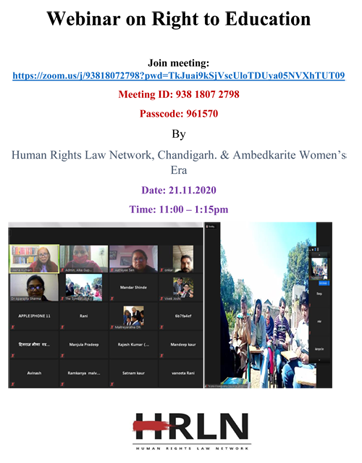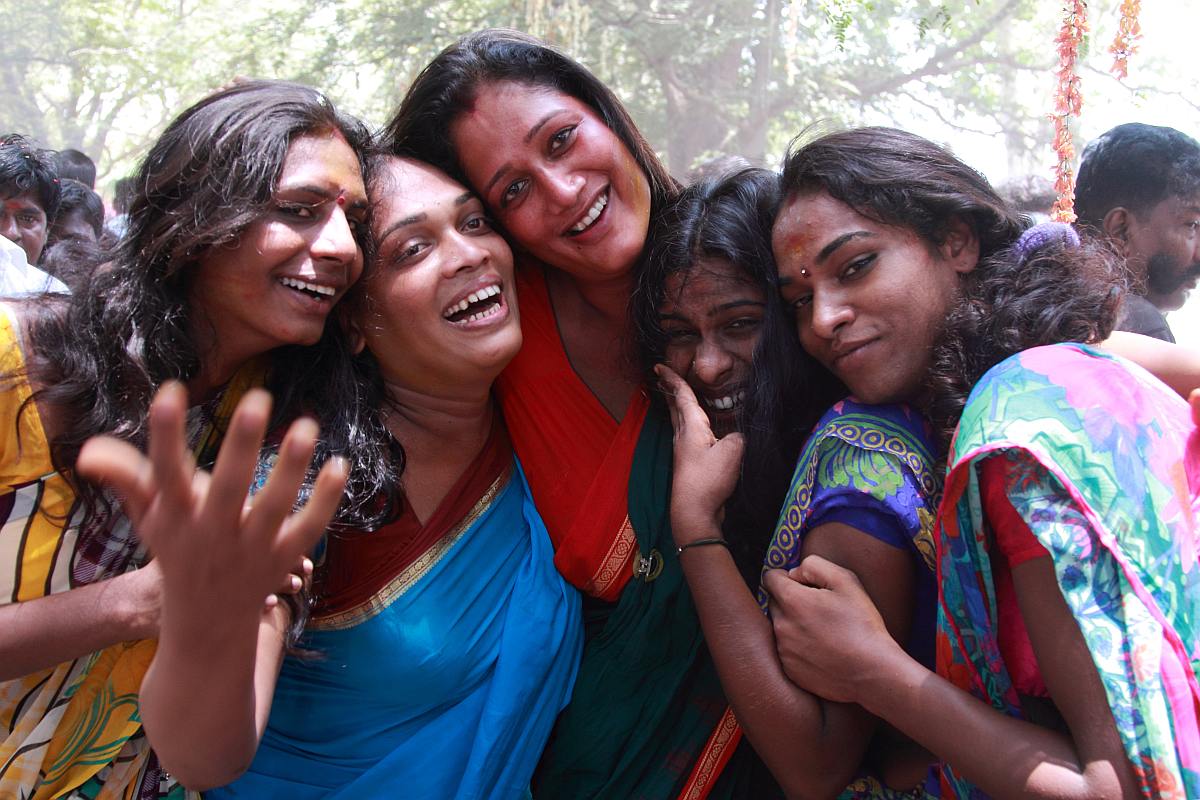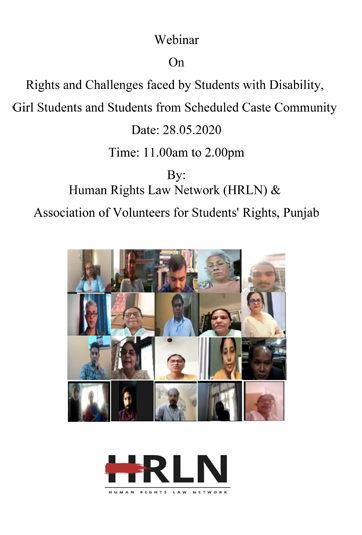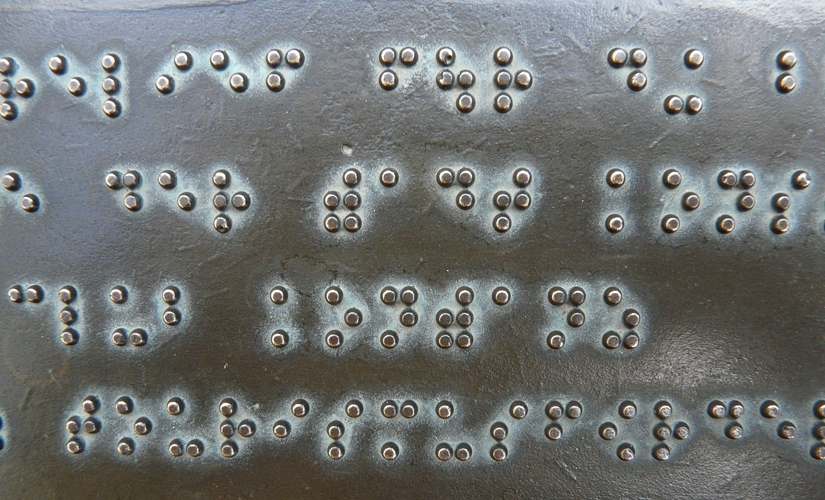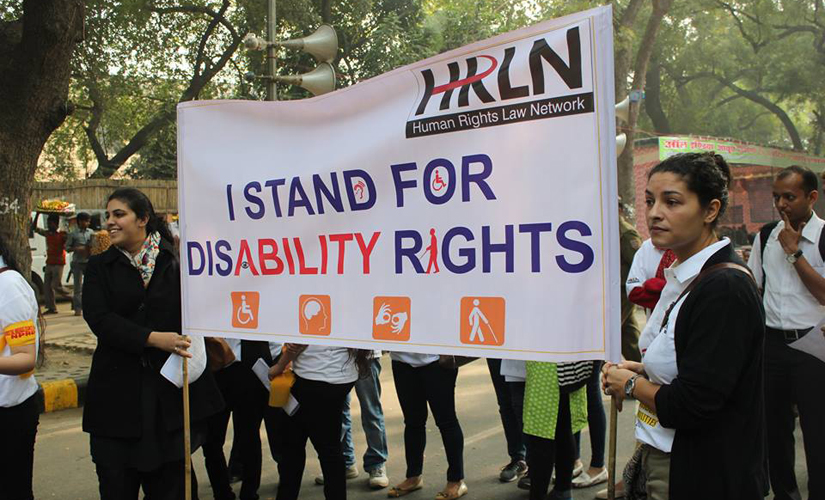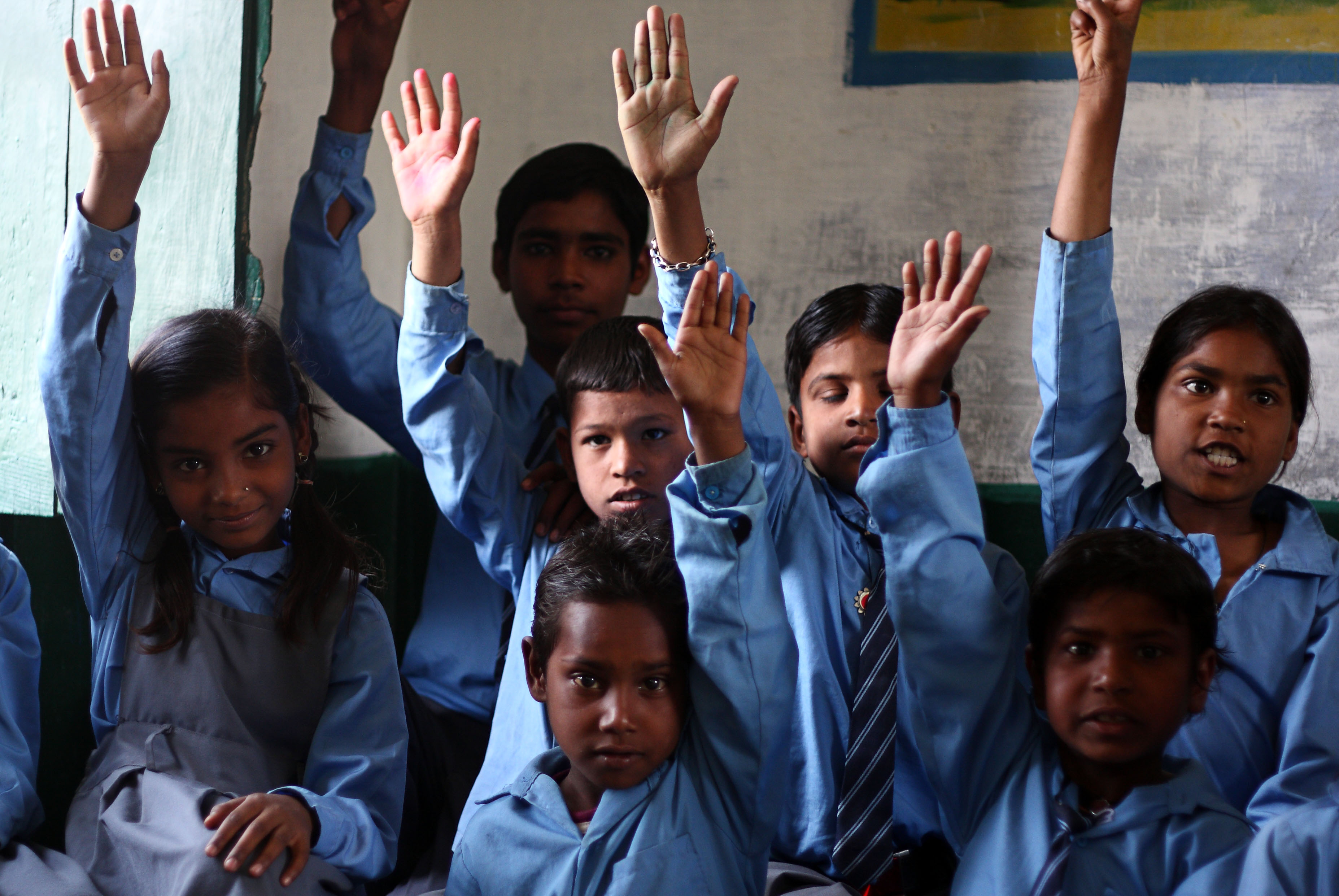
Right to Education
According to reports from the National University of Education Planning and Administration (NUEPA), 3.7 crore Indian children are out of school today. To this day, the government has made no effort to identify children between the ages of 6 and 14 through household surveys (in accordance with section 9(d) of the Act read with Rule 10). Indeed, calculating from Census and U-DISE (Unified District Information) on School Education for 2011-12, we find out that 14.5 per cent of all children aged 6-14 are out of school. Without proper and prompt mapping, children working in hotels and garages, as beggars, as servants, in brothels, on railway platforms, in bondage, in brick kilns and elsewhere are denied their constitutionally provided right to a better life through education.
Indeed, it is shocking that the Indian state, which boasts of a GDP of 7 per cent, should have 14.8 per cent of its children out of school. What is worse that the government has not conducted any school mapping exercises to determine how many children are out of school as well the geographical spread of children in the neighbourhood to ensure that that the norm of the one-kilometre walk for primary schools as three-kilometre walk for upper primary schools is implemented in letter and spirit. The task of mapping schools and identifying children is the statutory duty of governments and local authorities, who have shunned their responsibility.
Further, there is a dire dearth of qualified and trained teachers in our schools. For primary schools, for instance, the Act prescribes a minimum Pupil-Teacher Ratio (PTR) of 30:1. However, NUEPA data shows that almost 26 per cent of the country’s government primary schools have a poorer PTR.
The teachers that do show up, too, are less-than-ideally trained. According to 2015 data, only around a quarter of primary school teachers received training during the 2013-2014 period. This isn’t all; almost every marker of infrastructure across schools in the country has been found lacking.
3 per cent of schools operate without providing safe drinking water to children.
16.5 per cent have no functional toilers for girls at primary level.
Nearly 77 per cent of schools function without toilets for children with special needs.
Over 35 per cent of schools have no boundary walls, while over 39 per cent have no playgrounds.
Only 9.5 per cent of schools are compliant with all the norms and standards regarding infrastructure, pupil-teacher ratio, availability of free text books and work books and so on. But instead of working to equip schools, several state governments have been shutting schools – with the numbers running into hundreds, if not thousands, in each state.
In addition to these existing problems, as identified in an SLIC PIL in the Supreme Court, 35 per cent of all schools are functioning without obtaining proper certificates of recognition – and without facing any repercussions!
With such falling standards of education, it is no surprise that we are now witnessing a decrease in the enrolment of children in schools with each passing year.
What SLIC Does
The problems that face the field of education in India are many and immense. Our organisation is constantly fighting for the rights of children to a free and well-rounded education. SLIC fights these cases in the Supreme Court as well as various high courts. A writ petition filed by us in the Supreme Court (also referenced out above) points out to the most prominent shortcomings in the Right to Children to Free and Compulsory Education Act, and seeks its full implementation in letter and spirit.Watch this space for more updates as they develop.
JALPAIGURI STUDENTS HUMAN RIGHTS MEETING
Right to Food is a Fundamental right, the Commission has taken the view that the Right to Food is inherent to a life w ...read more
Dakshin Dinapur District Meeting
Trafficking in women and children is one of the most despicable forms of violations of human rights. Bei ...read more
State Level Meeting on Violation of Human Rights in West Bengal During Covid 19
Prior to the announcement of the National Lockdown on 25 March 2020, a number of courts had shut down in response to t ...read more
Webinar on Right to Education
Human Rights Law Network conducted a zoom Webinar on Right to Education. A webinar on Right to Education was ...read more
Patna High Court Directs Central University of South Bihar Not to Charge Hostel, Mess and Insurance scheme fees During COVID 19 Pandemic Period
CUSB Alumni Association vs. Central University of South Bihar CWJC No. 7613 of 2020
Disposed
Relief sought for Transgender Persons in Madhya Pradesh
Sandhya vs State of Madhya Pradesh and Ors
Pending
Rights and Challenges faced by Students with Disability, Girl Students and Students from Scheduled Caste Community
"Without inclusive and equitable quality education and lifelong opportunities for all, countries will not succeed in bre ...read more
Delhi HC issues notice in case of school discriminating against child with ADHD
The Delhi High Court on February 6, 2018, issued notices to respondent parties in a case of discrimination against and t ...read more
Survey conducted of Government schools in Bihar
Bihar State Primary Teachers Association vs. U.O.I & Ors.
SC allows disclosure of evaluated answer-sheets to examinee under RTI
In a landmark judgement, the Supreme Court allowed disclosure of the answer-sheets to the examinee, under Right to Infor ...read more
